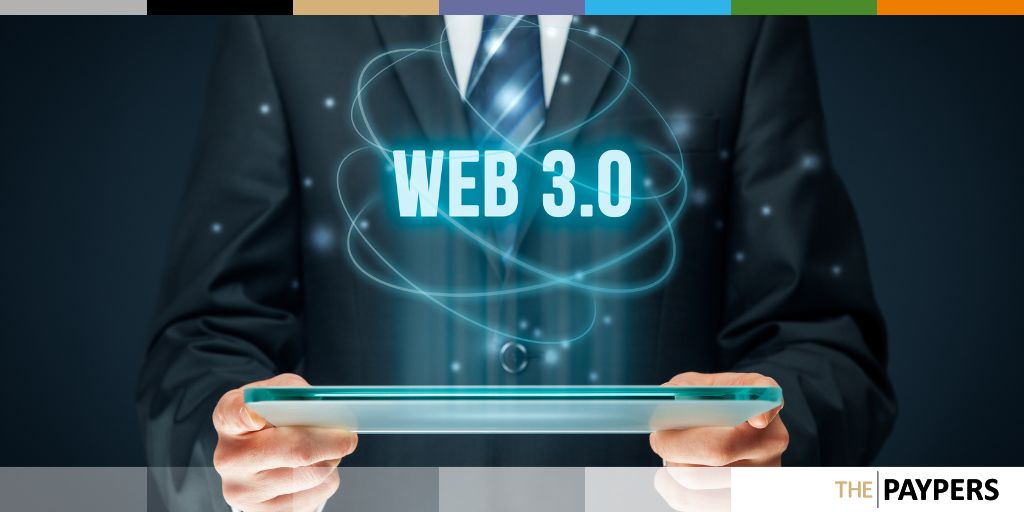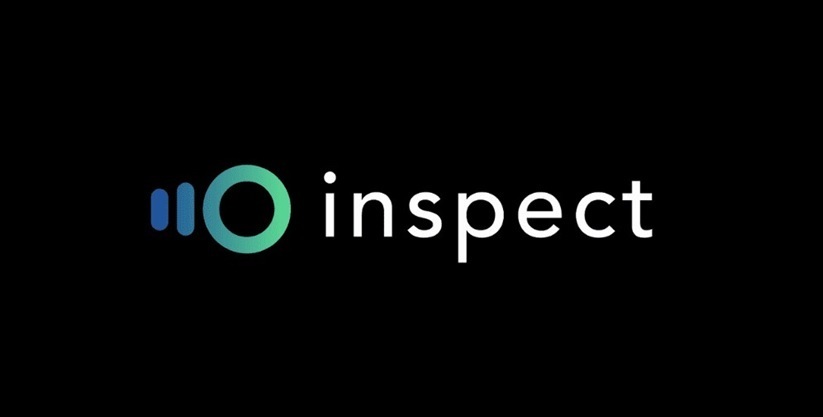How Blockchain Can Build Accountability and Trust


A recent article by McKinsey & Co. perhaps best sums up today’s zeitgeist on corporate environmental, social and governance (ESG) initiatives: “While valid questions have been raised about ESG, it is likely that the need for companies to understand and address their externalities has become critical to maintaining their social license .” Artificial intelligence (AI) technology is a combination of an externality, which increasingly affects how social license is granted – or not. Fortunately, amid widespread public distrust of artificial intelligence, the use of blockchain technology for AI governance can greatly assist companies seeking to build public trust in their responsible use of this technology and, in turn, social license.
Uses blockchain for AI management
Simply put, using blockchain technology to immutably record all decisions made about an AI or machine learning (ML) model is a big step toward transparency, a critical precursor to trust. This use of blockchain also enables auditing, to further help establish trust. These principles are at the heart of an AI governance model built around an enterprise AI and model development standard, and enforced by blockchain technology.
Developing an AI decision model is a complex process involving countless incremental decisions. These include the model’s variables, model design, algorithms, training and test data used, feature selection, the model’s raw latent features, ethics testing, and stability testing. It also includes the researchers who built different parts of the variable sets, participated in model creation and performed model testing. As enabled by blockchain technology, the sum and overall view of these decisions provides the visibility required to effectively manage models internally according to enterprise-defined standards, attribute accountability and satisfy impending regulatory requirements.
Steps to codify accountability
Before blockchain became a buzzword, I started implementing an analytical model management approach in my data science organization. In 2010, I initiated a development process centered on an analytical tracking document (ATD). This approach detailed model design, variable set, assigned researchers, training and test data, success criteria, and ethics/robustness testing. ATD breaks down the entire development process into three or more agile sprints, with formal reviews and approvals at each stage of fulfillment.
I have since made blockchain the key to ATD; it is the mechanism used to codify analytical and ML model development by associating a chain of entities, tasks, and requirements with each model, including testing and validation checks. Blockchain technology essentially records an immutable instance of the contract between my data scientists, managers and me that describes:
- What is the model
- The model’s goals
- How we would build that model, including prescribed ML algorithm
- Areas in which the model needs to improve, such as a 30% improvement in credit card fraud (CNP) at the transaction level
- The degrees of freedom researchers have to solve the problem, and those they don’t have
- Reuse of trusted and validated variable and model code snippets
- Requirements for training and test data
- Ethical AI procedures and tests
- Robustness and stability tests
- Specific model testing and model validation checklists
- Specific assigned analytical researchers to build the variables, models, train them and those to validate code, confirm results, perform testing of the model variables and model outputs
- Specific success criteria for the model and specific customer segments
- Specific analytical sprints, tasks and researchers assigned, and formal sprint reviews/approvals of requirements met.
As you can see, the ATD informs a set of very specific requirements that relate to the AI standard for enterprise model development. Once we have all negotiated our roles, responsibilities, timelines and requirements for the build, everyone on the team signs the ATD as a contract. It will be the document by which we define the entire development process for Agile models.
After assigning individuals to each of the requirements, the team then reviews a set of existing security, which are typically pieces of previously validated variable code and models. Some analytical variables have been previously approved, others will be adjusted, and still others will be new. The blockchain then records every time the variable is used in this model – for example, any code adopted from code repositories, rewritten and changes made – who did it, what tests were done and the modeling manager who approved it, and my sign-off .
Granular tracking
Importantly, the blockchain provides a trace of decision-making. It shows whether a variable is acceptable, whether it introduces bias into the model, or whether the variable is used correctly. The blockchain does not just produce a checklist of positive outcomes. It records the entire journey of building these models, including their failures, fixes and improvements.
This approach provides a high degree of confidence that no one has added a variable to the model that produces poor results or introduces some form of bias. It ensures that no one used the wrong fields in the data specification or changed validated variables without permission and validation. Without the critical review process provided by ATD and now blockchain to keep it verifiable, my data science organization could inadvertently introduce a model with errors, especially as those models and associated algorithms become more and more complex.
Furthermore, the blockchain system ensures that company standards for ethics and stability testing are carried out, reviewed and approved. The process captures and codifies which relationships must be monitored when the model is in production, in order to meet Responsible AI standards.
Transparent development journeys result in less bias
Overlaying the enterprise model development standard on the blockchain gives the analytical model its own unity, life, structure and description. Model development becomes a strictly organized process; detailed documentation can be produced to ensure that all elements have gone through proper review and that the model’s decisions are free of bias. These steps will be revised while the model is in production, providing an important AI monitoring framework for the operational phase of AI model management. These assets inform observability and monitoring requirements when the model is ultimately used, which is necessary to maintain confidence in the decision.
In sum, blockchain allows complex AI models to become transparent and auditable. These are critical factors in making AI technology accountable and trustworthy—an important step in building AI governance systems that can renew, rather than erode, companies’ social license.
 About the author
About the author
Scott Zoldi is chief analytics officer at FICO with responsibility for analytical development of FICO’s product and technology solutions. While at FICO, Scott has been responsible for writing more than 110 analytics patents, with 71 granted and 46 pending. Scott is actively involved in the development of new analytics products and Big Data analytics applications, many of which leverage emerging streaming analytics innovations such as adaptive analytics, collaborative profiling, and self-calibrating analytics. Scott is most recently focused on the use of streaming self-learning analytics for real-time detection of cyber security attacks. Scott serves on two boards, Software San Diego and the Cyber Center of Excellence. Scott received his Ph.D. in theoretical and computational physics from Duke University.
Related














![Breakout or retracement? Where does Bitcoin come from [BTC] head next Breakout or retracement? Where does Bitcoin come from [BTC] head next](https://www.cryptoproductivity.org/wp-content/uploads/2023/04/bitcoin-break-120x120.png)








